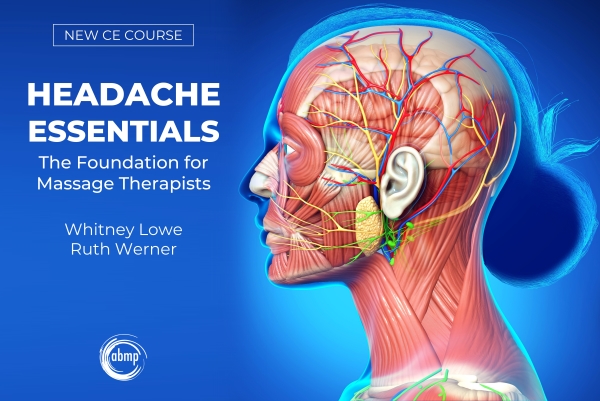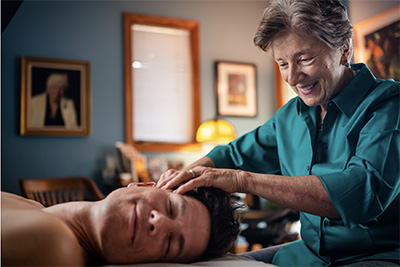
In the July/August issue of Massage & Bodywork magazine, we focus on movement—for both clients and practitioners. We wanted to add to the conversation by diving a little deeper into the story of how movement became a critical piece of Dr. Ida Rolf’s work. We asked Judith Aston, a pioneer in the field of movement, about her place in that evolution.
“I am often asked about my history with Dr. Rolf,” says Judith Aston, developer of Aston Kinetics. “In 1968, I was teaching movement education for a college. I was also working with a psychiatrist in his weekend workshops assisting participants to move and listen in ways that facilitated their ability to listen to their body, feelings, and thoughts.” Two serious car crashes in 1967 and 1968 left Aston seeking her own relief. “I did not find treatment that worked, so the workshop psychiatrist suggested I see Dr. Ida Rolf.”
Dr. Rolf was scheduled to come to Esalen in Big Sur, California, and Aston saw her opportunity. “When I got there, she was booked, so I decided to sit on her doorstep in hopes of a cancellation. On the second day, she opened the door and asked, ‘What are you doing here?’ I replied, ‘Waiting for a cancellation.’ Later that day, she opened the door and said, ‘Be here tomorrow at 1 p.m.’ The work was painful for me, but the result was immediately effective.”
Aston recalls Dr. Rolf inquiring with others about the woman sitting on her doorstep. “My friends at Esalen told her, ‘Oh, she teaches movement and creates programs for leaders.’ At the end of my session with her, Dr. Rolf said, ‘I understand you create movement programs for leaders? Could you create a movement program for my work?’ I said, “Sure!’”
Dr. Rolf first wanted to train Aston to become familiar with Rolf Structural Integration. “I audited, trained in the bodywork, and learned the movement cues she had her clients do,” Aston says. “By 1971, I was part of the faculty and teaching the three training courses I created for Rolfing.”
In the first course, Aston says she “taught Rolf students to ‘see’ and assess body patterns for their clients. In the second course, I trained practitioners in body mechanics for bodywork so they could work in ways that did not overstress their own body. And in the third course, I designed and trained practitioners in the Rolf Movement Program to assist the clients to maintain benefits from the structural integration work. Also, I added content on ADL [activities of daily living] movements such as how to bend, walk, and reach, etc., in ways that would benefit their daily life.
“This is how my connection to Rolfing began while waiting on Dr. Rolf’s doorstep. I am so honored to have had that opportunity to work closely with Dr. Rolf for all those years between 1968–1977. Being with Dr. Rolf directed me into the field of bodywork, which has added so much to my life. Thank you, Dr. Rolf.”
Aston Movement
Aston’s work remains a staple of the bodywork and movement communities. She says she created three foundational Aston Kinetics courses specifically for bodywork practitioners.
• Aston Postural Assessment: The Art of Seeing the Fascial Body (APA 101)
This course expands the understanding of how the human body is optimally aligned. “Rather than enforcing physical symmetry, Aston Kinetics seeks to recognize the asymmetries that are natural to a person’s body.” Aston says it starts with how the body is rather than how it should be, adding that this course helps the learner see individual segments where the fascial network is securing the whole body’s alignment pattern affecting function and comfort.
• Aston Movement: The Art of Moving the Fascial Body (AM 201)
“Posture is not about conforming to a rigid ideal: it’s about finding your natural alignment that supports your well-being,” Aston says. In the Art of Moving the Fascial Body, students will build their skills from seeing alignment in stance to seeing, experiencing, and learning to teach Aston Arcing.
• Aston Fascial Integration: The Spiraling Technique (AFI 301)
In the Spiraling Technique, practitioners learn a painless approach to the release of fascial tension from surface layers through to the deep layers to include the bone, as well as how to feel for the restricted fascial layer and move with the grain while honoring the fascial tempo.
For more information, visit astonkinetics.com.



Comments
fantastic work
fantastic work